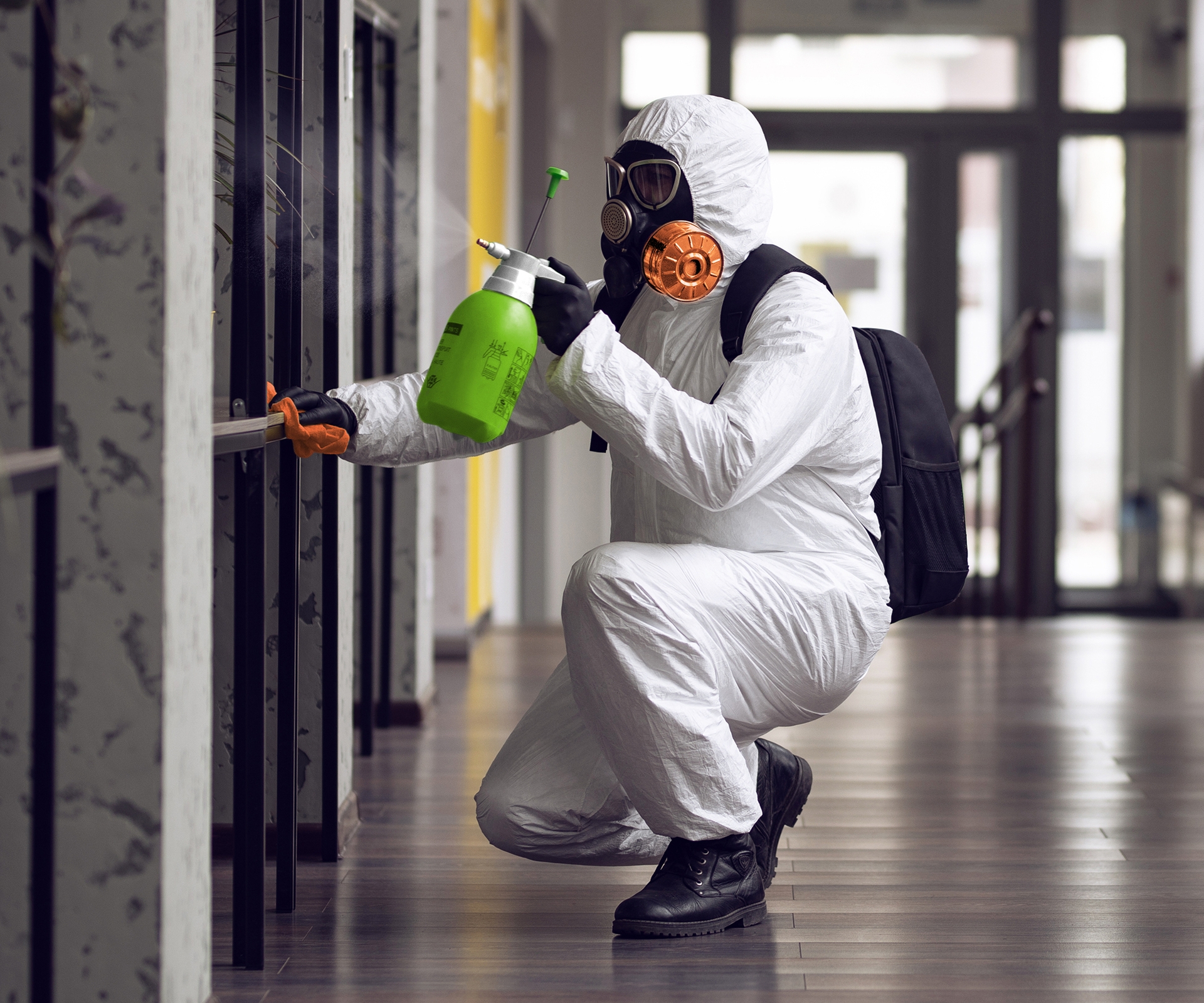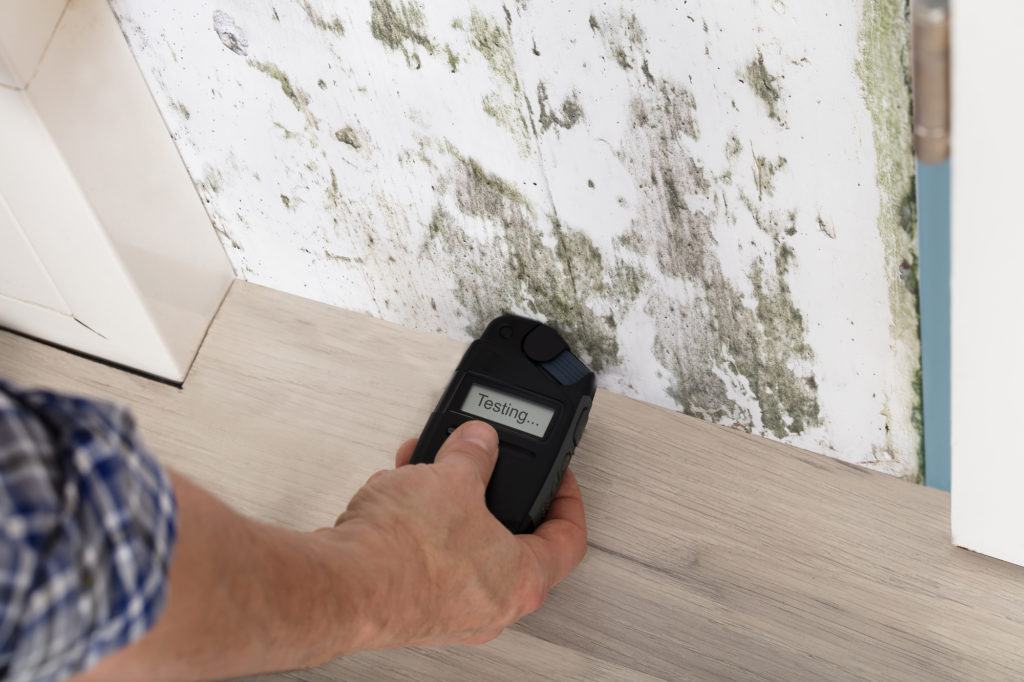Testing Air Quality After Mold Remediation
Wiki Article
Expert Tips for Article Mold Remediation Success
In the world of mold remediation, successfully getting rid of mold is only half the battle; the real difficulty lies in preventing its reappearance. By adhering to experienced pointers and ideal practices, people can guard their spaces versus mold rebirth and maintain a healthy and balanced interior atmosphere.
Display Humidity Degrees On A Regular Basis
After finishing mold and mildew remediation procedures, maintaining ideal humidity levels is critical to protect against mold re-growth and make sure a healthy interior setting. High humidity degrees above 60% develop a favorable environment for mold to flourish, making normal monitoring an aggressive step to avoid any future mold and mildew problems.In addition, establishing a routine timetable for humidity checks, specifically in high-risk areas such as basements, kitchens, and shower rooms, is a positive technique to mold avoidance. By consistently keeping track of humidity degrees, building owners can successfully reduce the danger of mold and mildew reoccurrence and maintain a healthy and balanced interior environment post-remediation.
Conduct Thorough Inspections Post-Remediation
Adhering to the conclusion of mold removal procedures, it is crucial to conduct detailed evaluations to confirm the performance of the removal process. These post-remediation examinations are essential in ensuring that the mold concern has been effectively addressed and that there is no reoccurrence or continuing to be mold and mildew growth. Evaluations must be performed by certified professionals who have know-how in recognizing mold and assessing indoor air high quality.Throughout these examinations, numerous approaches such as aesthetic assessments, air sampling, and surface area tasting may be employed to thoroughly assess the remediated areas. Visual evaluations include a thorough inspection of the premises to check for any type of noticeable signs of mold development or water damage. Air sampling helps in identifying the air-borne mold spore degrees, while surface area sampling can spot mold fragments on surfaces.
Implement Appropriate Ventilation Methods
After making certain the performance of the mold and mildew removal process through thorough examinations, the next essential step is to concentrate on applying correct air flow strategies. Adequate air flow is crucial in stopping mold reoccurrence by managing wetness levels and promoting air circulation. To accomplish this, it is advised to utilize exhaust fans in locations vulnerable to high moisture, such as shower rooms and cooking areas. Additionally, opening up doors and windows when weather condition permits can aid enhance air movement and reduce wetness buildup. Air dehumidifiers and cleansers are likewise useful devices in preserving ideal indoor air quality.
Proper air flow not just aids in preventing mold and mildew growth however additionally adds to the general wellness and convenience of occupants. By guaranteeing ample air flow throughout the residential property, you can decrease the risk of mold and mildew regrowth and produce a much healthier living environment.

Use Mold-Resistant Materials for Repairs
To boost the long-lasting efficiency of mold and mildew remediation efforts, including mold-resistant materials for repairs is important in alleviating the threat of future mold and mildew development. Mold-resistant materials are created to hold up against wetness and hinder mold and mildew development, making them a crucial choice for locations prone to wetness and moisture. When repairing locations influenced by mold, using materials such as mold-resistant drywall, mold-resistant paints, and mold-resistant caulking can help protect against mold and mildew reoccurrence.Mold-resistant drywall is an exceptional choice to standard drywall in locations like basements and bathrooms where moisture degrees are higher. This kind of drywall has an unique covering that withstands mold development even when exposed to damp conditions. In addition, making use of mold-resistant paints having antimicrobial representatives can even more hinder mold growth on ceilings and wall surfaces.
In areas where moisture is usual, such as shower rooms and kitchen areas, using mold-resistant caulking around sinks, windows, and tubs can help secure out water and prevent mold from holding in fractures and crevices. By buying these mold-resistant materials during repair work post-remediation, you can substantially reduce the chance of future mold issues and keep a much healthier interior environment.
Maintain Cleanliness and Address Water Issues
After mold and mildew removal, it is vital to keep a clean setting to prevent the regrowth of mold. Leakages, water intrusion, or high humidity degrees can produce the ideal breeding ground for mold, so it is imperative to fix any water-related issues quickly.To maintain cleanliness, think about utilizing HEPA filters in vacuums and air cleansers to trap mold spores and avoid their blood circulation airborne. Making sure proper ventilation in areas susceptible to moisture build-up, such as kitchens and bathrooms, can assist maintain moisture degrees in check. By remaining vigilant about cleanliness and resolving water concerns quickly, you can efficiently protect against mold reinfestation and maintain a healthy interior setting.
Final Thought

In the world of mold removal, effectively eliminating mold and mildew is only half the battle; the real obstacle exists in stopping its reappearance. After finishing mold remediation treatments, preserving optimal moisture levels is important to avoid mold and mildew re-growth and make sure a healthy and balanced interior environment. High humidity levels over 60% develop a helpful setting for mold and mildew to flourish, making regular checking a proactive step to avoid any future mold and mildew problems.
To improve the long-lasting efficiency of mold removal efforts, integrating mold-resistant products for fixings is essential in mitigating the danger of future mold and mildew growth. After mold removal, it is important to maintain a clean setting to prevent the regrowth of mold.
Report this wiki page